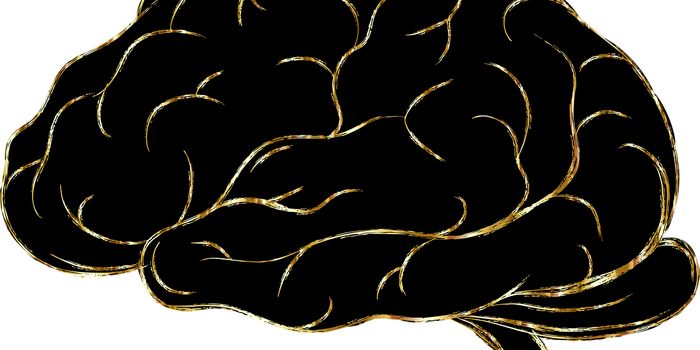Beige Fat Cells Protect the Brain from Dementia
‘Beige’ fat reduces inflammation in mouse brains, and may provide protection from dementia. The corresponding study was published in Nature Communications by researchers at Augusta University in Georgia, US.
There are two main types of fat cells. White fat cells convert excess energy from glucose into lipid droplets made from triglycerides. They are found in the body’s connective tissues, under the skin and in the abdominal cavity (visceral fat).
Brown fat cells are the second type of fat cell. They contain more mitochondria than white fat cells. This means they are able to produce heat to maintain body temperature when in cold conditions. These cells are located between the shoulder blades, the neck, along the spinal cord, and above the collarbone. They can also be found around the vital organs.
Beige fat cells incorporate features from both white and brown fat cells. They behave similarly to brown fat cells, although are found in areas housing white fat cells. Exercise and exposure to cold are thought to lead to the ‘beiging’ of white fat cells.
Previous studies have found that mice with lower levels of beige fat develop diabetes more quickly than those with higher levels when on a high-fat diet. Studies have also shown that transplanting subcutaneous fat into obese mice can improve their metabolic profile within a few weeks.
In the present research, scientists thus wanted to understand whether such transplants could improve cognitive problems too.
For the study, they examined two groups of male mice. One group was genetically modified to prevent subcutaneous fat from beiging. The other group developed normal levels of beige fat cells. After being fed a high fat diet for four weeks, the researchers noted that those that had been genetically altered displayed accelerated cognitive dysfunction in testing.
The brains and bodies of these mice also presented strong, rapid inflammatory responses to the high-fat diet, including the activation of microglial cells, immune cells in the brain, which can further increase inflammation and lead to conditions such as dementia.
The researchers next transplanted subcutaneous fat from young, lean, healthy mice into the visceral fat compartment of otherwise normal but obese mice that had developed dementia-like behavior after eating a high-fat diet for 10 to 12 weeks.
These transplants improved the mice’s memory and restored synaptic plasticity in their hippocampus, a part of the brain used for learning and memory. These changes, say the researchers, happened due to the transfer of beige fat cells.
"If we can figure out what it is about beige fat that limits inflammation and maybe what it is about beige fat that improves brain plasticity, then maybe we can mimic that somehow with a drug or with cold-stimulated beiging or even taking out some of your subcutaneous fat when you are young, freezing it and giving it back to you when you are older," said Dr. Alexis M. Stranahan, lead author of the study.
The researchers now intend to see how implanting subcutaneous fat into different areas of the body may affect health outcomes. They also want to explore these findings in female mice.
Sources: Nature Communications, The Conversation, Mayo Clinic, Science Daily









